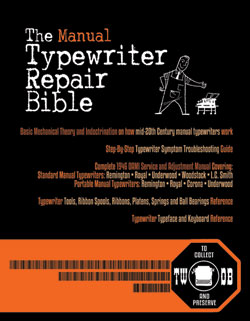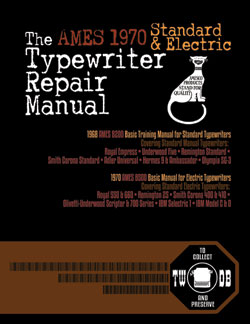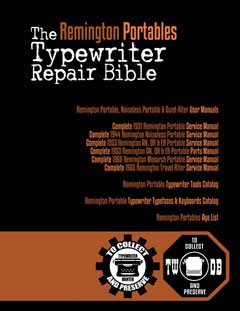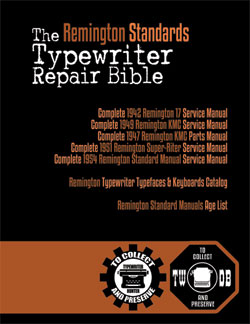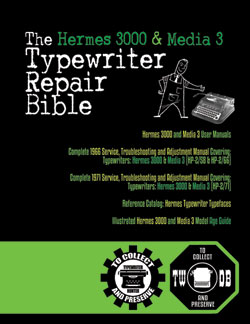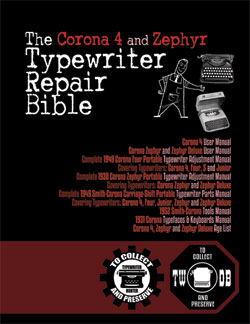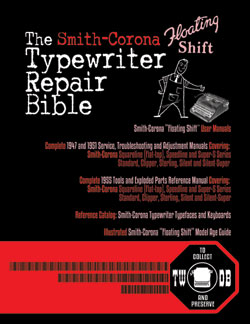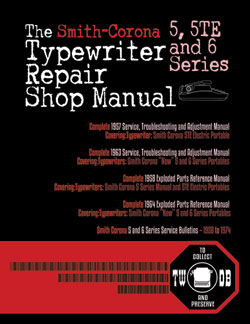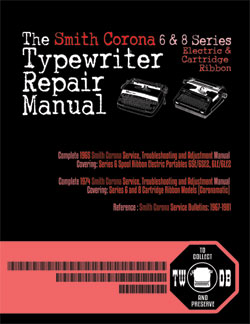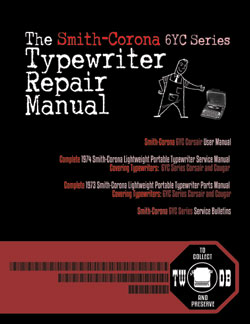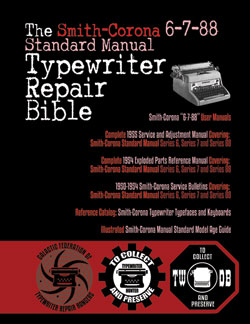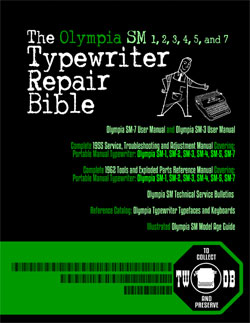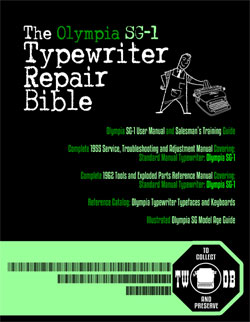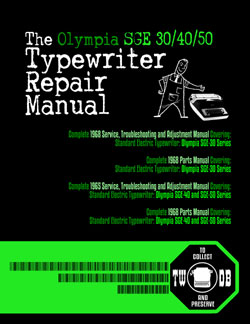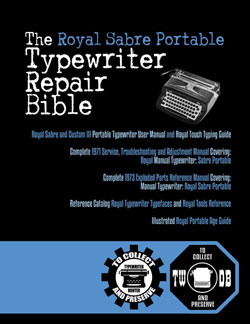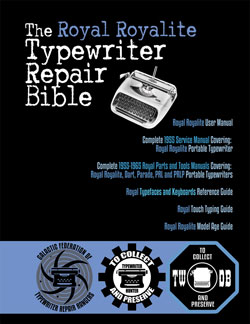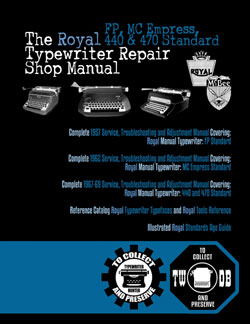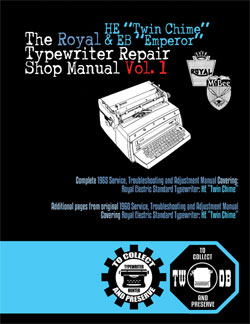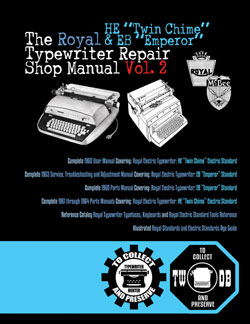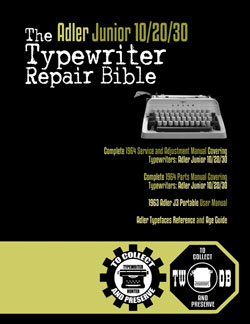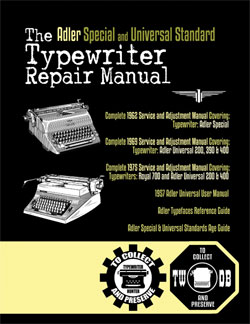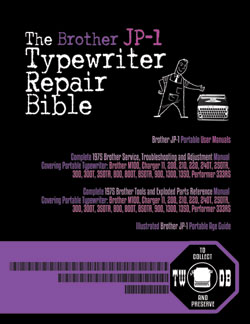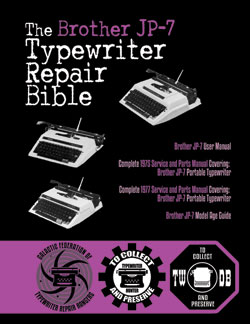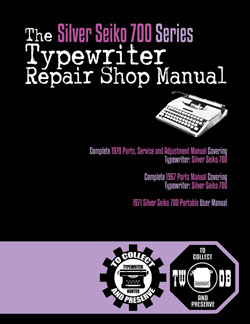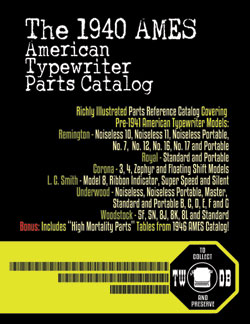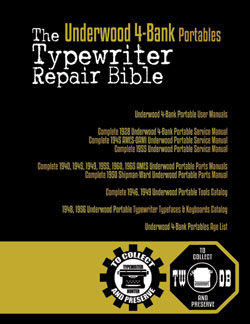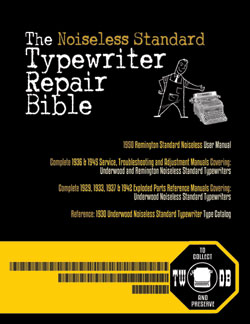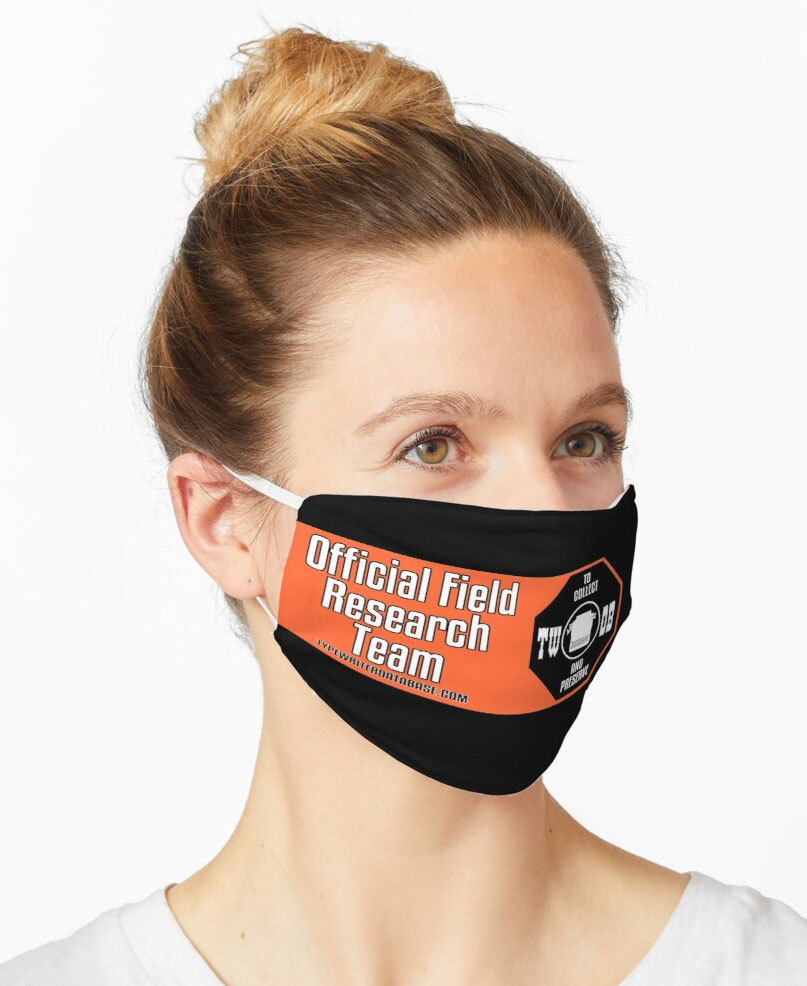199X Supra Elite (Robotron) MX-820T #119505313
Status: Sightings
Hunter: Jugo Boy (jugoboy)
Created: 04-08-2023 at 01:59PM
Last Edit: 11-13-2023 at 12:11AM
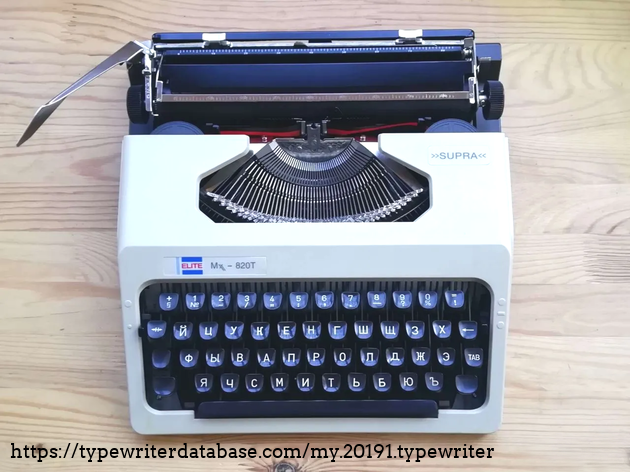
Description:
The portable typewriter Supra Elite is a direct descendant of the Robotron Cella, developed and manufactured in the GDR in the 1980s at the Zella-Mehlis plant, which was part of the Robotron conglomerate. However, apart from the body design, Cella wasn't original. According to some sources (for example, the website of Russian enthusiast A. Trofimov), it was produced under a license from the Japanese company Silver-Reed following the Silverette model series blueprints. I've had the chance to handle these Japanese machines, and I can confirm: their mechanism is remarkably close to the German Cella/Supra.
As for the body, it has a late-modernist, slightly futuristic design emphasizing ergonomics. Recesses on both sides allow Supra to be carried and placed on a table without pressing down your fingers.
The Supra operates on an extremely simple mechanism. For example, the ringer consists of only two parts — a hammer and a brass cup — while in other typewriters, it's a very complex device. The carriage lacks casing except for the rear panel, so the interval selector markings are directly on the working part. Yet, despite the maximal simplification, all mechanisms work excellently and with minimal resistance.
However, overall, the quality of the Supra, possibly excepting its earlier version from the GDR and a later version under the Olympia brand, is characterized by extremely low-grade materials, assembly, and printing. For instance, the type levers are made of easily bendable metal. Some letters are poorly soldered, affecting the line's smoothness. The ribbon lift mechanism, despite its complexity (which, in my opinion, is unjustified since a mechanism similar to the one used in Olympia Traveller or Consul 1532 could have been implemented), operates very imprecisely due to play. I was never able to adjust it for quality work without periodically mixing the ink.
Nevertheless, it's worth noting the truly wide range of functionality in the Supra. It not only encompasses all the standard features of a portable typewriter but also a simple tabulator (allowing jumps every 10 characters) and a print color selector. Despite the simple carriage return mechanism, it includes a three-position interval switch and a function to disable the ratchet. Moreover, in the original version (Robotron Cella), this typewriter even had a «Repeat Spacer» key, making it almost comparable in functionality to its «older sister,» the semi-office Erika.
In conclusion, the Elite Supra, born as the socialist Robotron Cella, embraced by West Germans, and later produced not only under the Elite brand but also under the legendary name Olympia Traveller with the letter «C» and under the Optima brand inherited from the Robotron conglomerate, was an extremely inventive typewriter in its simplicity. Its problem lay in its really low production quality, hence making it one of the worst typewriters for printing. However, if quality control had been maintained at a certain level, the Supra could have been a successful model, like the Silverette or Commodore 40, which were technically almost identical to the heroine of this review.
Typeface Specimen:
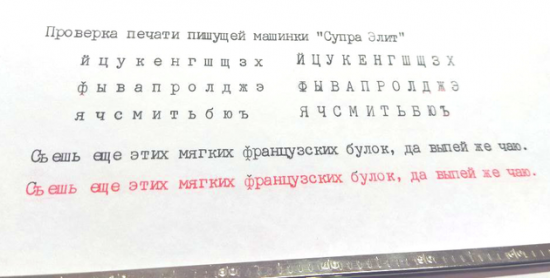
Photos:
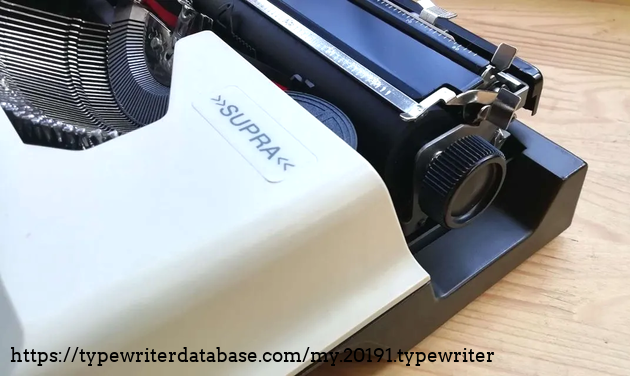
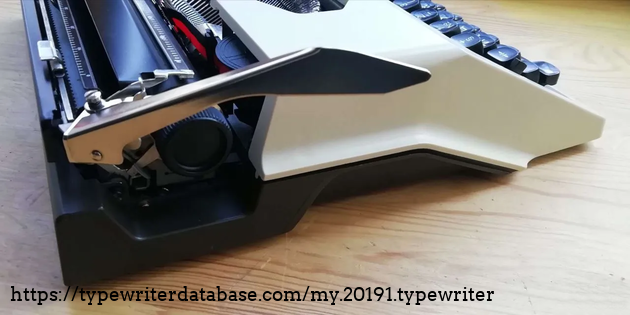
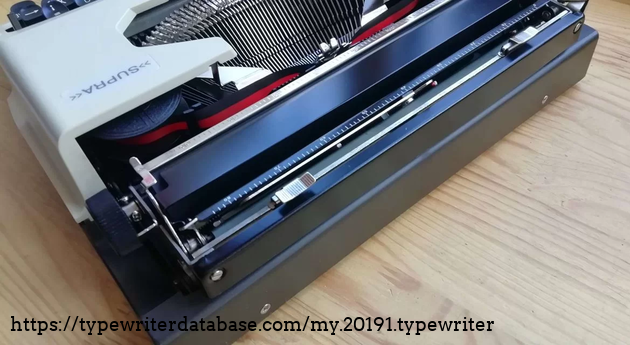
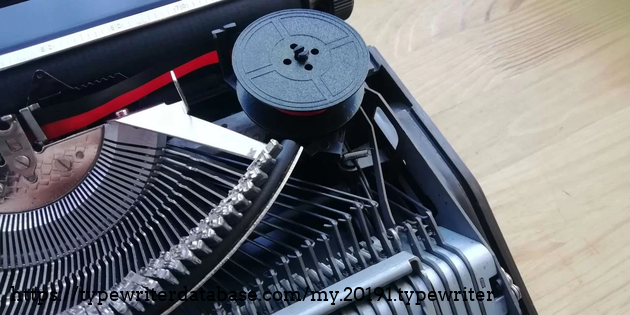
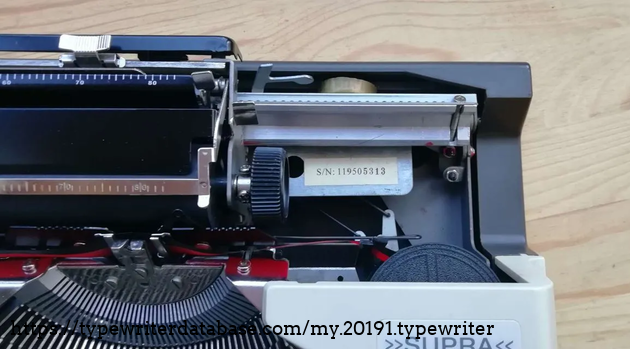
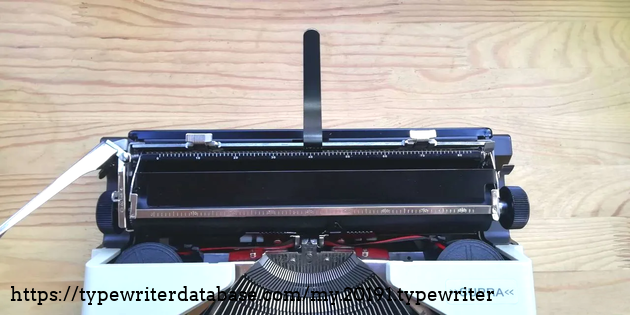
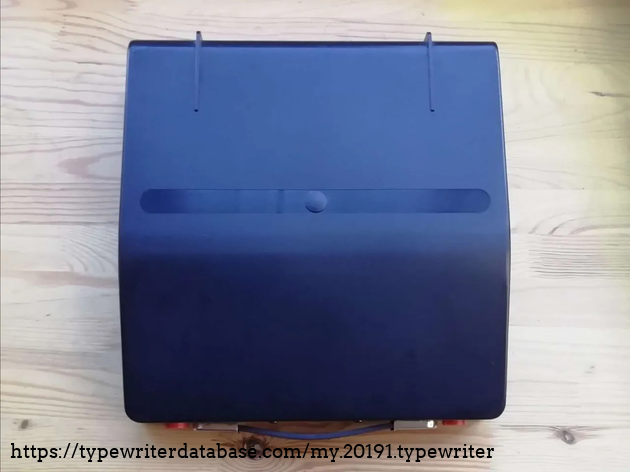
Hunter: Jugo Boy (jugoboy)
Jugo Boy's Typewriter Galleries [ My Collection ] [ My Sightings ]
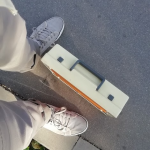
Status: Typewriter Hunter
Points: 93
Hello everyone
My name is Lev, now I live in Moscow. I spent my entire childhood with a Lubava typewriter (soviet sister of Erika-105) in my hands, and I still continue this hobby. Now I like to search typewriters and put them in order. I prefer to work with Yugoslavian UNIS, but sometimes I take on other models.
I would rather be called a 'hunter' than a 'collector'. But better I’d call myself a lover of restoration. I like to look for and repair different TWs, but I keep for myself only what I use.
I will start my work at TWDB with the publication of the 'Agidel' typewriter, one of the rarest ones ever made in the USSR. Recently, this rarity came into my hands.
Email for contact is lev.oa@ya.ru
RESEARCH NOTE: When researching the Supra Elite (Robotron) MX-820T on a computer with lots of screen real estate, you may find that launching the Supra Elite (Robotron) Serial Number page and the Supra Elite (Robotron) MX-820T By Model/Year/Serial page in new browser windows can give you interesting perspectives on changes throughout the model series.
